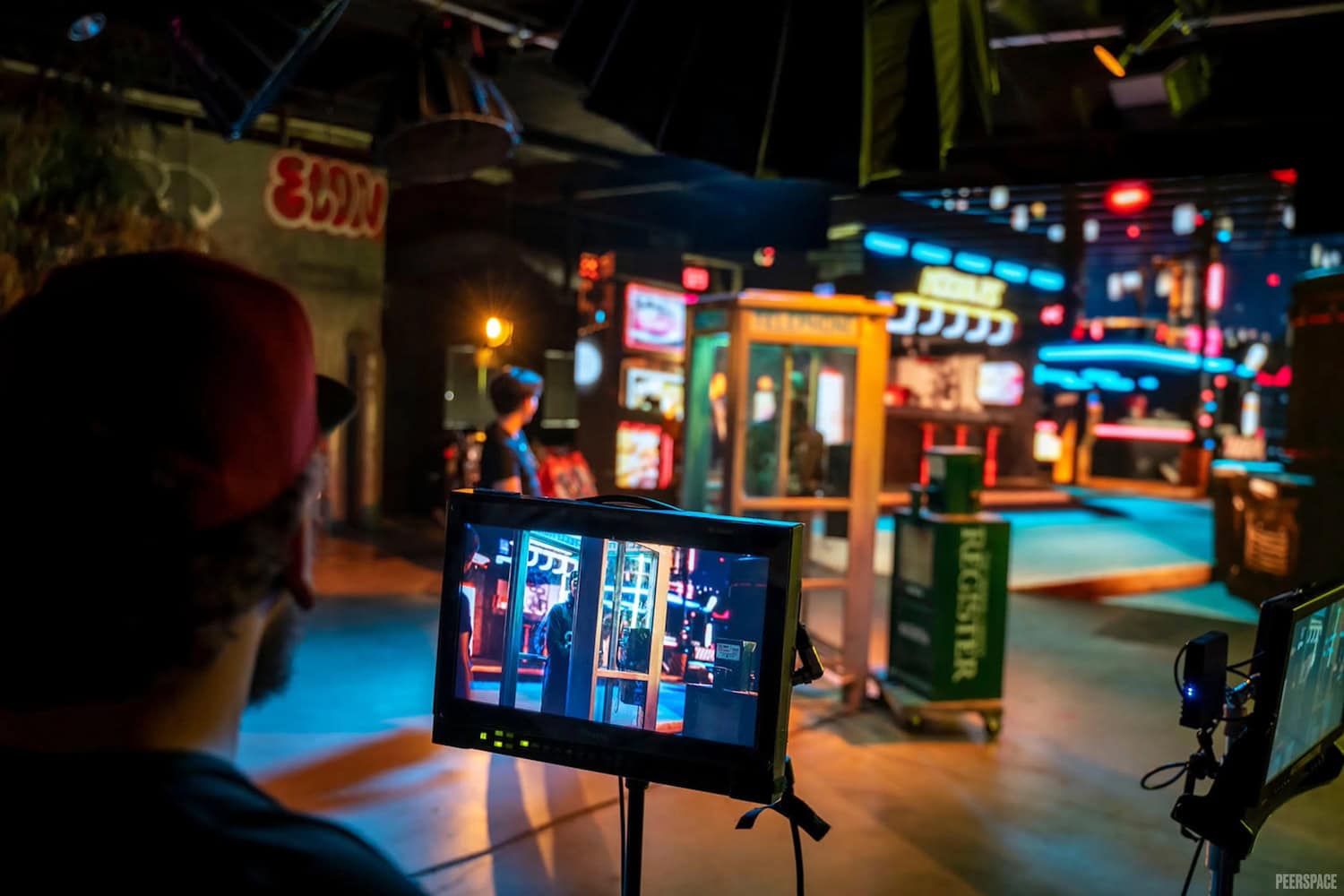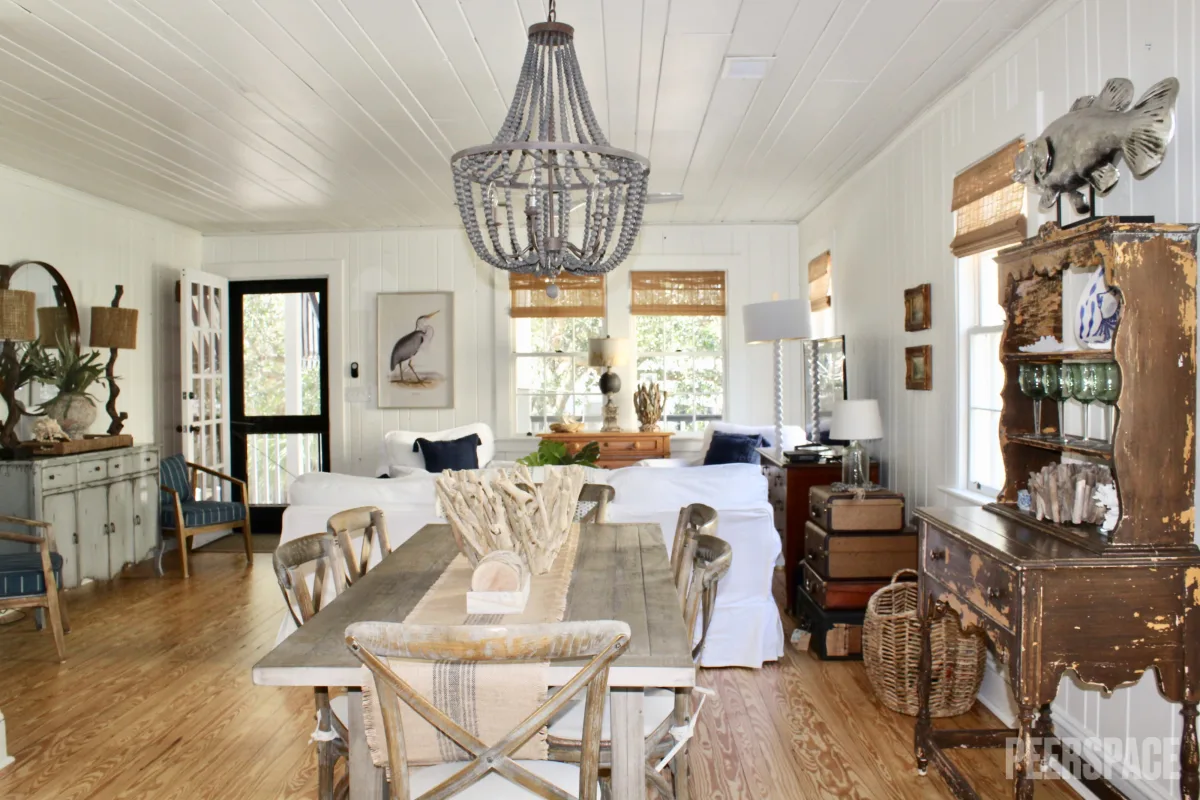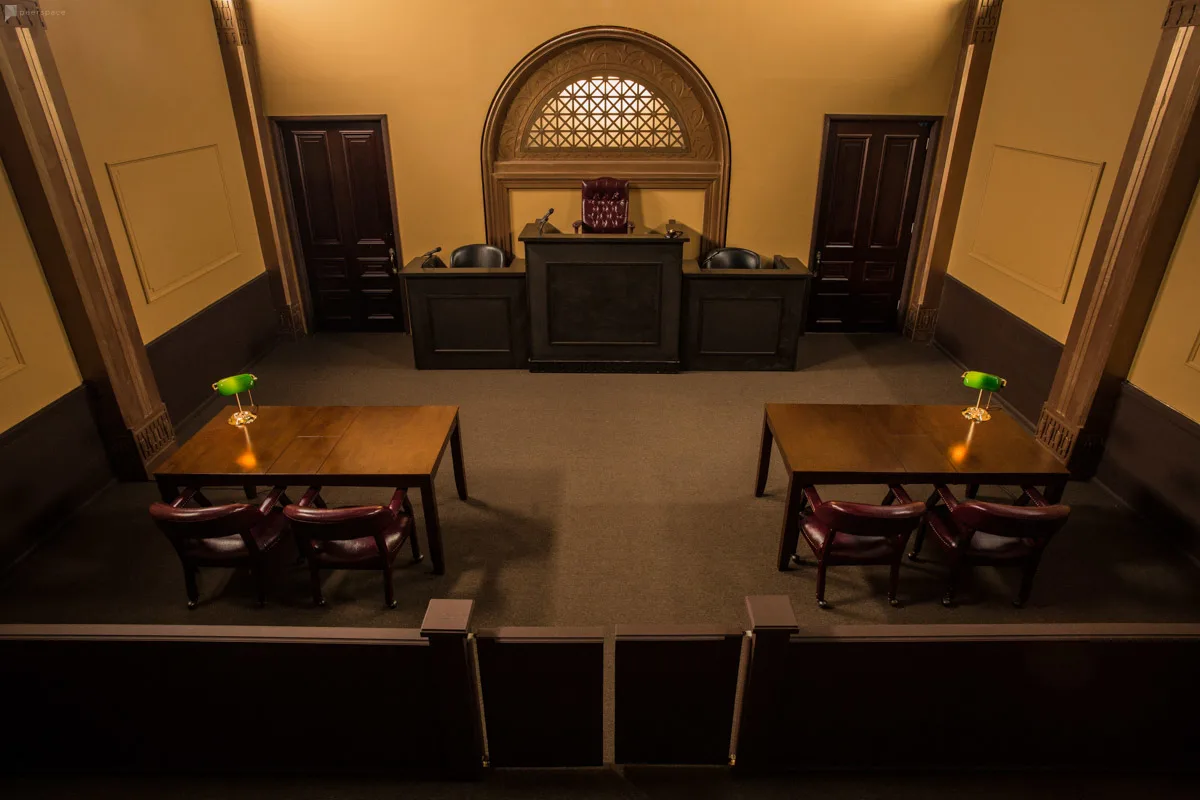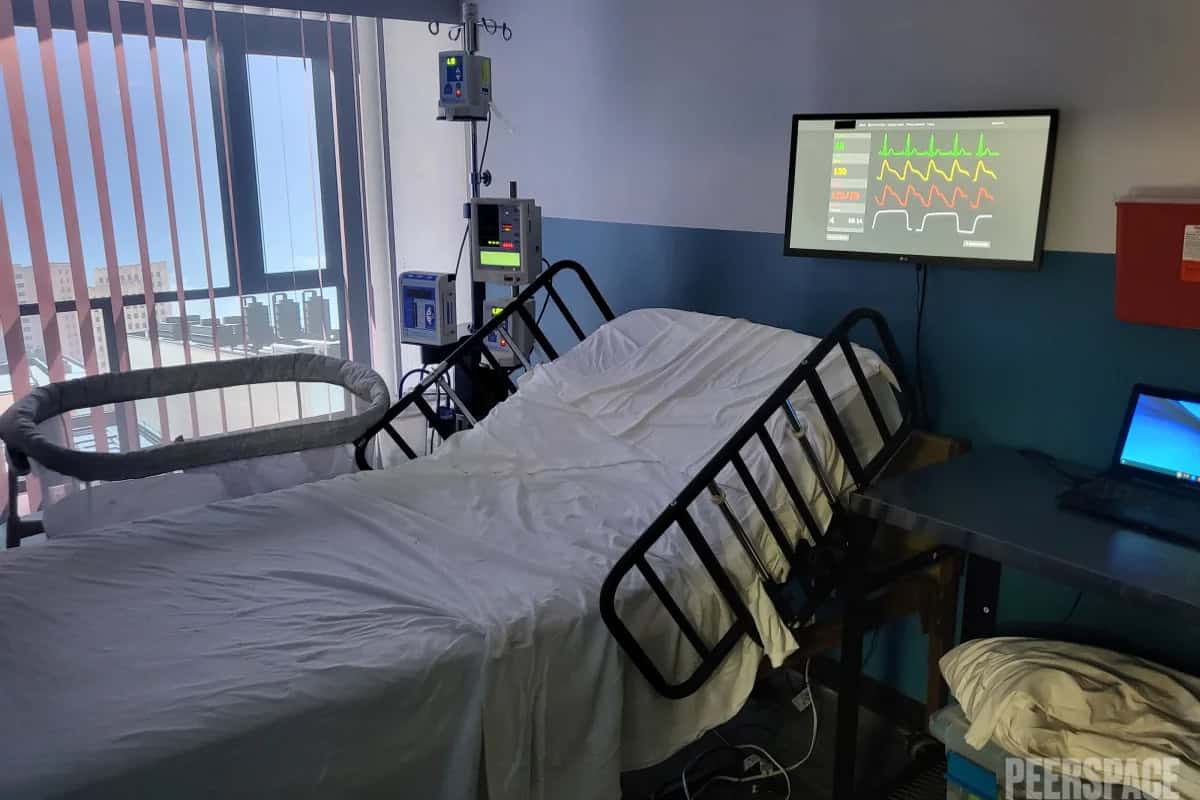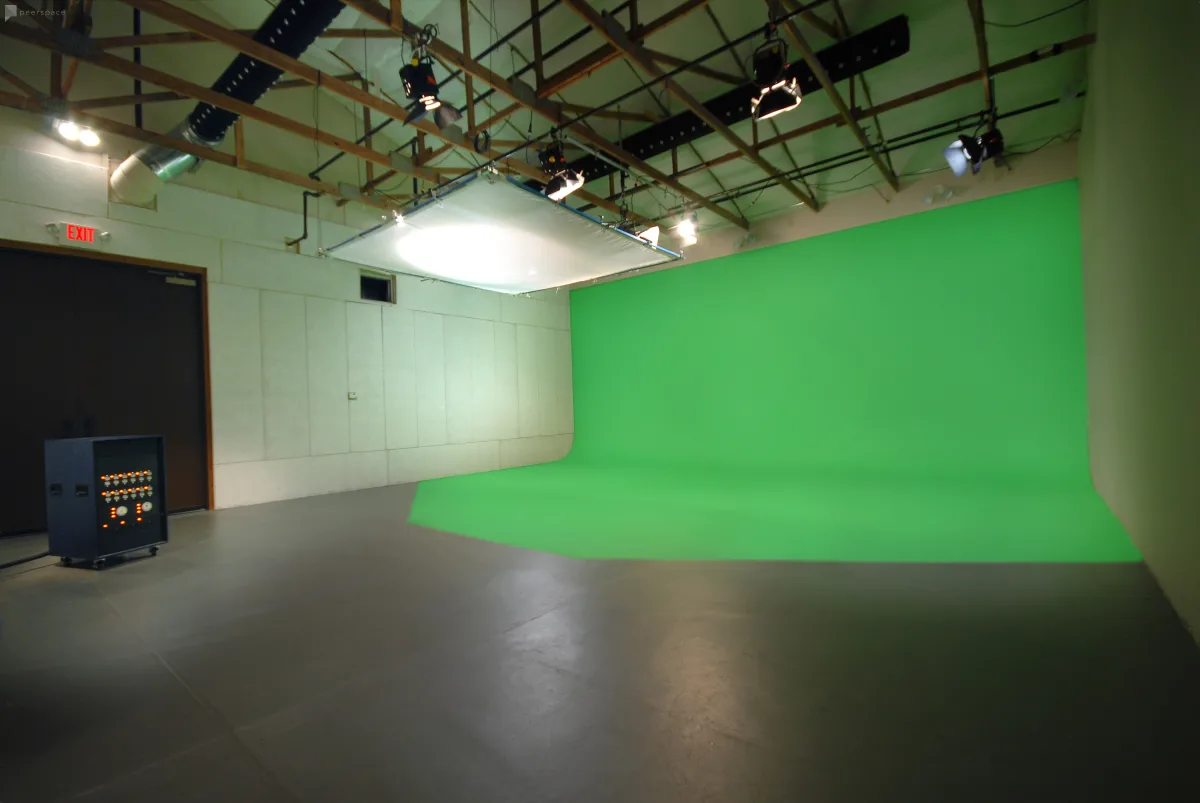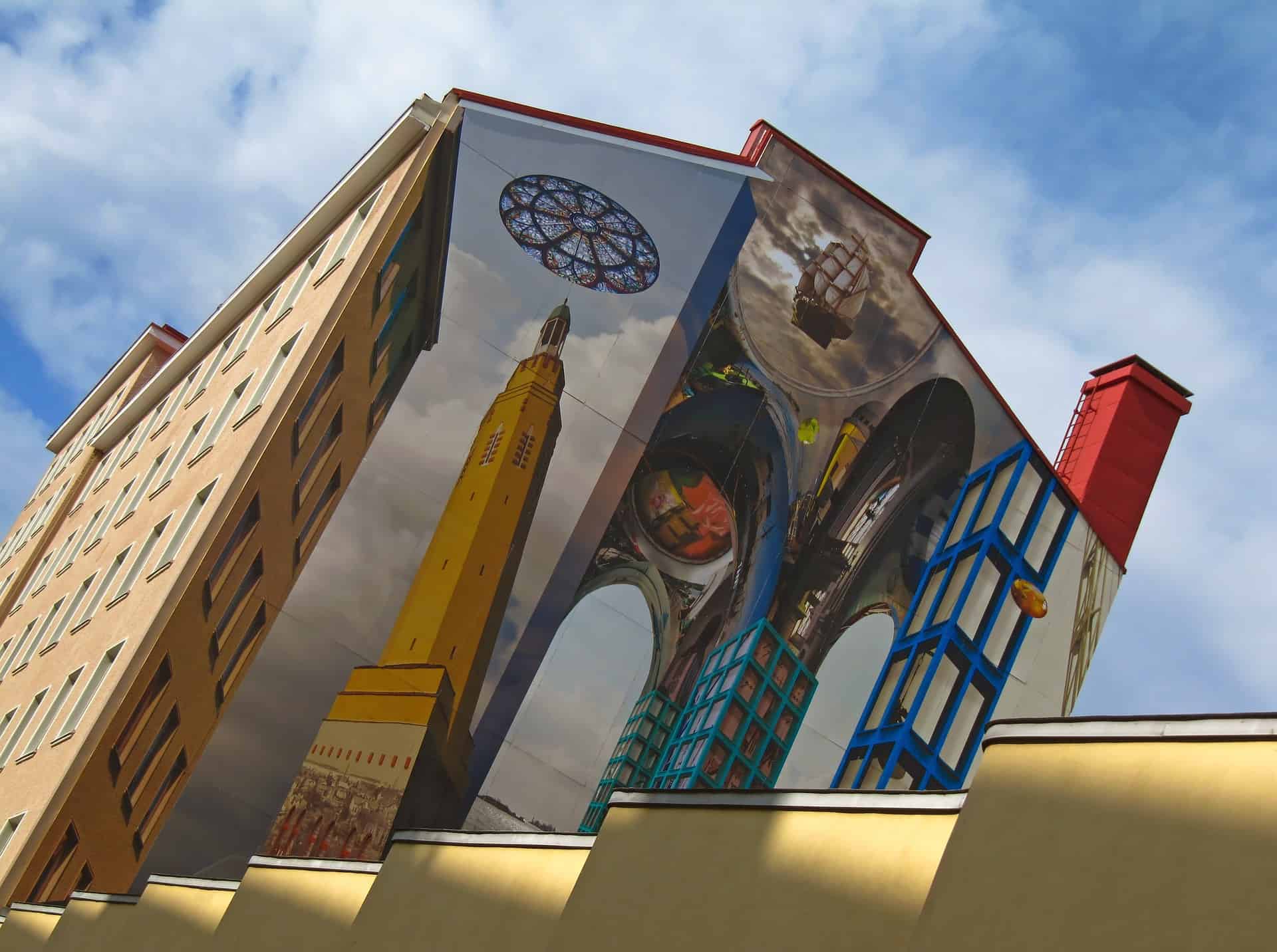
Source: Pixabay
Have you ever noticed how important your perspective is when looking at a situation or a subject? Sometimes a simple tilt of your head can change how you view a situation. The technical term in cinematography for a tilt of the head (or in this case, the camera) is a canted angle.
It can also be called an oblique angle or a Dutch angle (otherwise known as a Dutch tilt). “Dutch” in this context doesn’t refer to the place of origin as in the Netherlands, but to a pejorative use of the word, such that it is something nontraditional or nonaligned. A canted angle is a camera shot which involves setting the camera at an angle so that the horizon is no longer perpendicular to the side of the frame.
As viewers, we’re accustomed to straight lines and a clear horizon to feel a reassuring sense of order, so this angled view creates a psychological tension which is often subliminal. As viewers, we long for an even horizon, so when we are forced to view the world at an angle we are thrown off.
An unbalanced perspective
Why rollercoasters are so popular? Many people are excited when voluntarily putting themselves into a situation where they feel a loss of control and a disorientingly erratic movement through space. Interestingly, the camera can create this tension in the viewer simply by manipulating the canted angle of the shot.
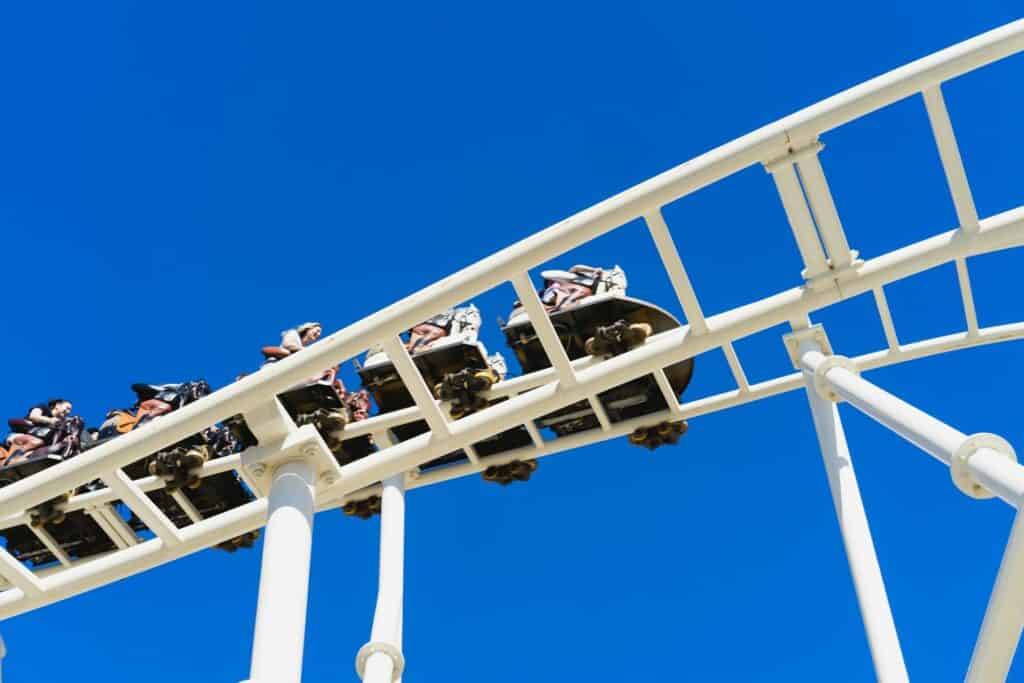
Have you ever been on a boat in rough seas where the horizon is pitching and rolling and you can’t find a firm footing? Most people will feel an unpleasant feeling called seasickness in this situation. Some might even end up with their head over the side of the boat losing their lunch. But why does the human body react this way?
There is a simple anatomical reason: Balance in humans originates in the inner ear where changes in up-and-down motion as well as side-to-side motion are detected and understood in relation to what we see. If the horizon is no longer even. or if our position in space is changing rapidly over time, this causes uneasiness and tension.
Canted angles in German expressionist film
The Dutch tilt is closely associated with the German expressionist film movement, which often relied on the canted angle to induce a sense of tension and unease in the viewer. In fact, it became a hallmark of the German film movement in 1920s Berlin. One can imagine that life in Berlin just after World War I was uneasy, difficult, and very tense.
German film of that era often dealt with themes of insanity, violence, and betrayal as recently experienced in the Great War. The early film viewer wasn’t very sophisticated yet, and filmmakers had few special effects to use to manipulate the emotions of the viewer, relying on lighting, makeup, and a simple canted angle (sometimes outrageously so) to create psychological uneasiness, disorientation, and an artistic ethos.
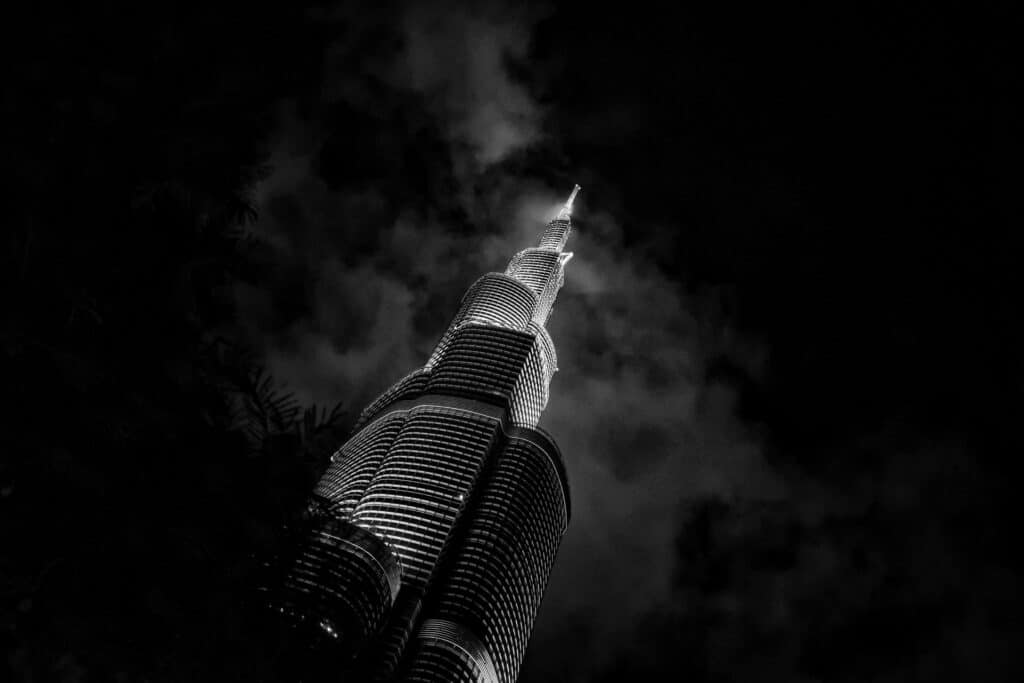
The early film viewer was easily manipulated! Yet, as filmmaking techniques advanced and the viewers became more sophisticated, the canted angle was used more sparingly. After WWII, the German public was exposed to many imported American and British films that used the canted angle much more sparingly as a technique to induce tension.
However, the canted angle technique did continue to be used quite frequently in the horror and noir genres of the 1940s and ’50s. A funny use of the canted angle occurred in the 1960s Batman TV series in which each villain that Batman encountered (e.g., the Joker, Catwoman) was given his or her own signature canted angle to indicate that the character was “crooked. This was satirical and a kind of inside joke among the producers.
Why do filmmakers no longer use the canted angle?
Modern filmmakers rarely use the canted angle anymore because they have so many other tools in their filmmaking arsenal to convey their artistic message, including computer generated technology (CGI). In fact, use of a canted angle seems quaint or cliché in the modern era of filmmaking.
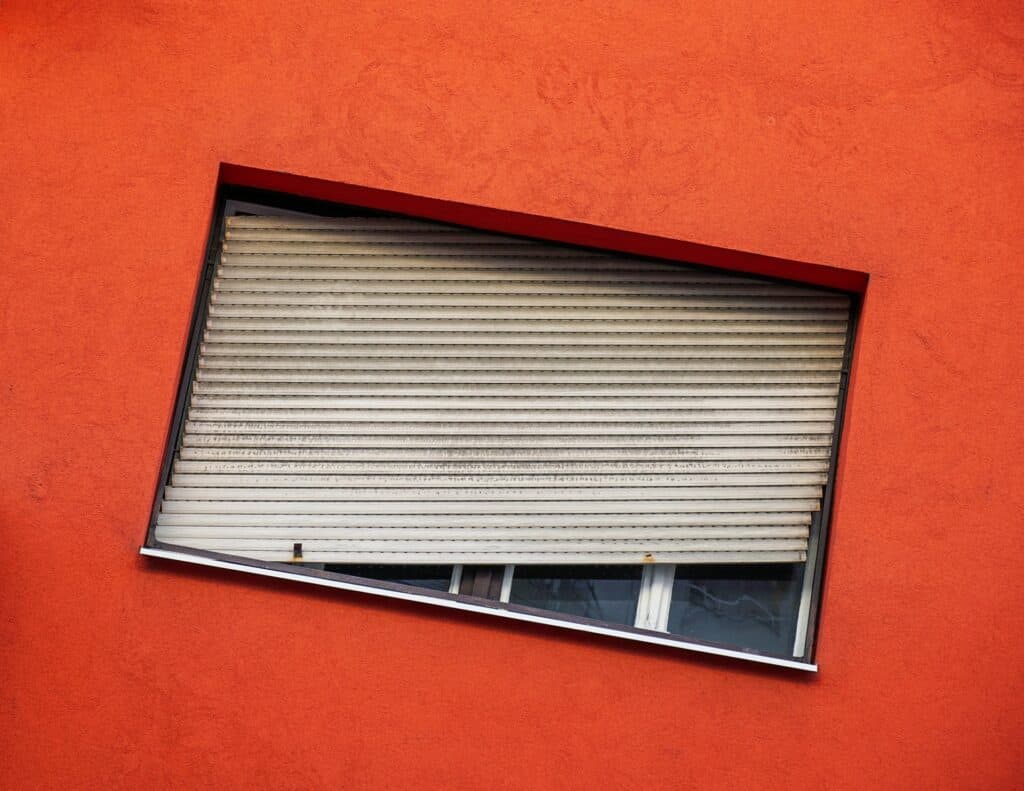
In 1975, the Steadicam was invented to completely avoid the canted angle altogether. The camera operator wears this technology as a full-body harness, which completely isolates the camera operator’s movement from the movement of the camera, keeping the camera’s field of view absolutely level at all times during a tracking (moving) shot.
As a result, the movement is effortlessly fluid. And since more filmmakers are shooting films on smartphones, Steadicam technology has even been adapted for smartphone.
The canted angle: Everything old is new again?
What goes around comes around, as they say. Will the canted angle technique make its way back into fashion as the modern film student searches for “new” techniques to convey tension? Meanwhile, if you are a filmmaker looking for the best filming locations, you should check out Peerspace, the premier resource for booking unique venues of all kinds in the US and UK.
For instance, book this massive former cathedral production space as your point of departure in Pittsburgh, PA, a city where there are so many hills you won’t have to rely on a canted angle to convey tension. Or how about this vintage San Francisco club lounge where you’re in the center of the always-hip Castro District as you walk out the door?
If you’re looking for some film-noir realness, consider booking this dark and moody warehouse basement in industrial Red Hook, Brooklyn. When it is this easy to find the perfect location for your film, you can be free to spend your precious time thinking about how you want to film your masterpiece rather than worrying about finding a location.
Peerspace does all the legwork for you. Whatever you’re looking for, it is safe to say that Peerspace can provide a venue to suit all your filmmaking desires.
Find unique filming locations on Peerspace
Get together somewhere better
Book thousands of unique spaces directly from local hosts.
Explore SpacesShare your space and start earning
Join thousands of hosts renting their space for meetings, events, and photo shoots.
List Your Space

